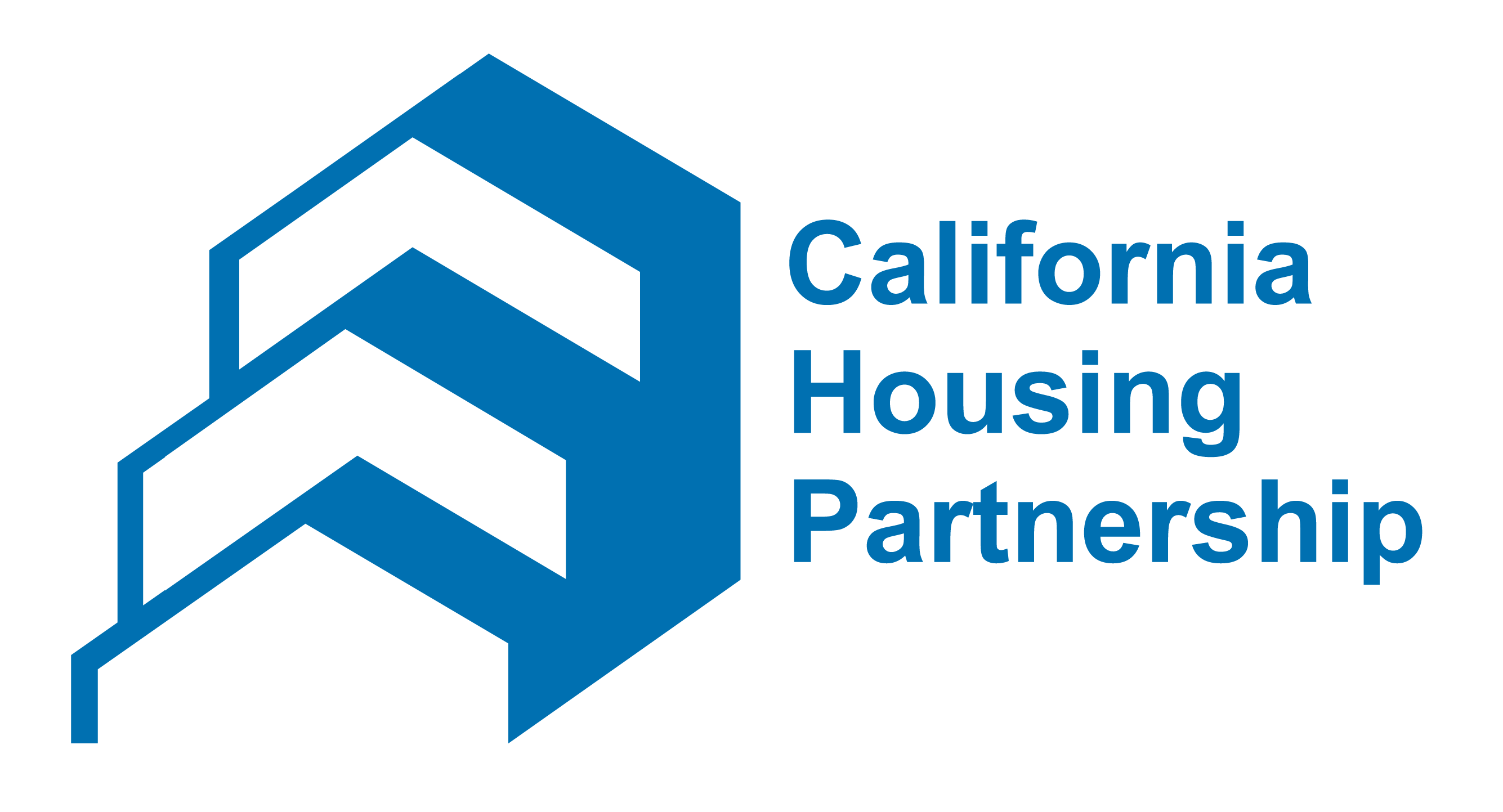The development of new affordable housing in the U.S. relies on a complex and fragmented financing system. The Low-Income Housing Tax Credit (LIHTC) program has been the primary source of new affordable housing in the past few decades. But the growing gaps between what a typical LIHTC project can raise in equity and its total development costs—along with policy decisions at the federal, state, and local level— have contributed to the need for projects to pull together an increasingly varied set of gap funding sources from local, state, and federal sources to make sure new housing development is possible. Many of those funding sources come with requirements, application processes, and funding cycles that can be at odds with each other.
Join this Terner Center webinar on Thursday, May 27th, 2021 from 11 am – 12 pm PT (2 pm – 3 pm ET) to explore the challenges of the current system and to learn about promising practices at the state and local level to better align affordable housing subsidy administration around the country.
Managing Director Ben Metcalf and Desiree Francis of Capital One will begin the session with opening remarks. Research Director Elizabeth Kneebone will present the findings from the Terner Center’s recent paper on the subject and tee up a panel discussion, which will draw from practitioner experience in improving affordable housing funding processes in Minnesota, California, and Massachusetts. The panel will be moderated by Yusef Freeman of Jonathan Rose Companies and feature three practitioners who have worked to align funding sources at the state level.
